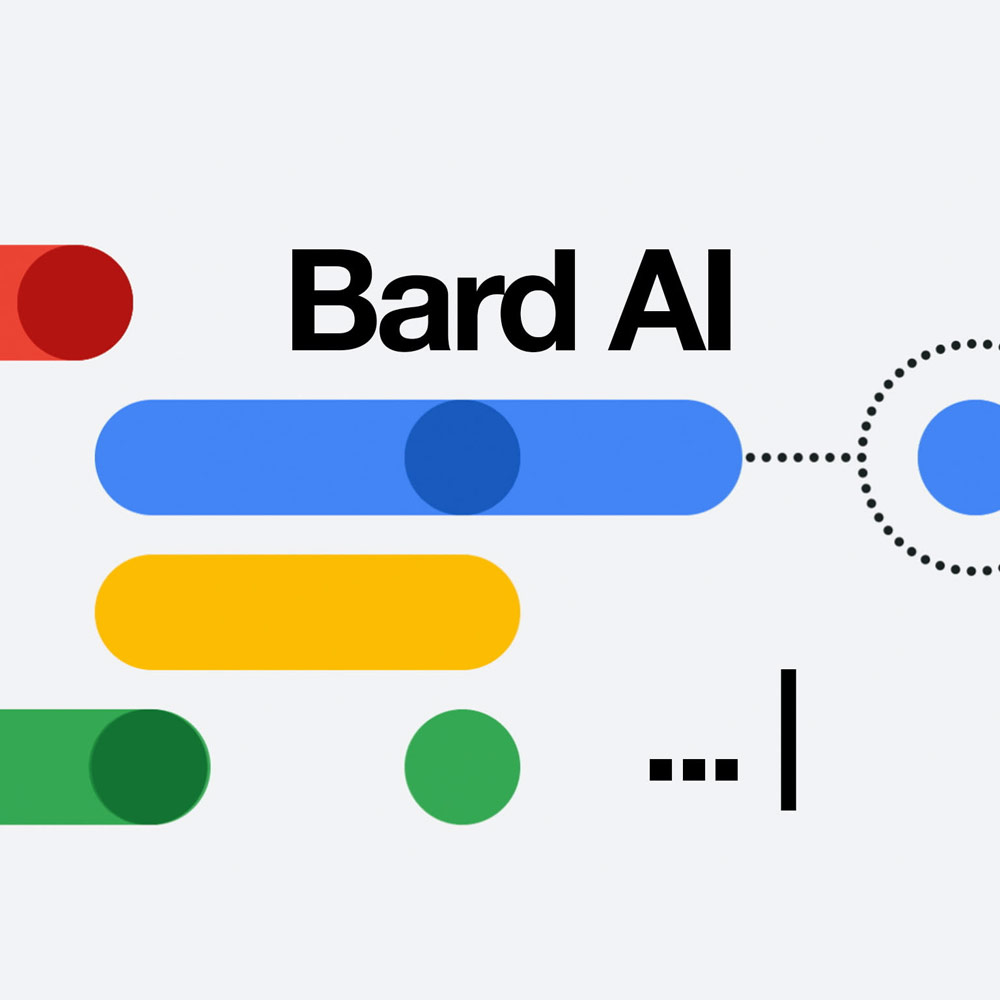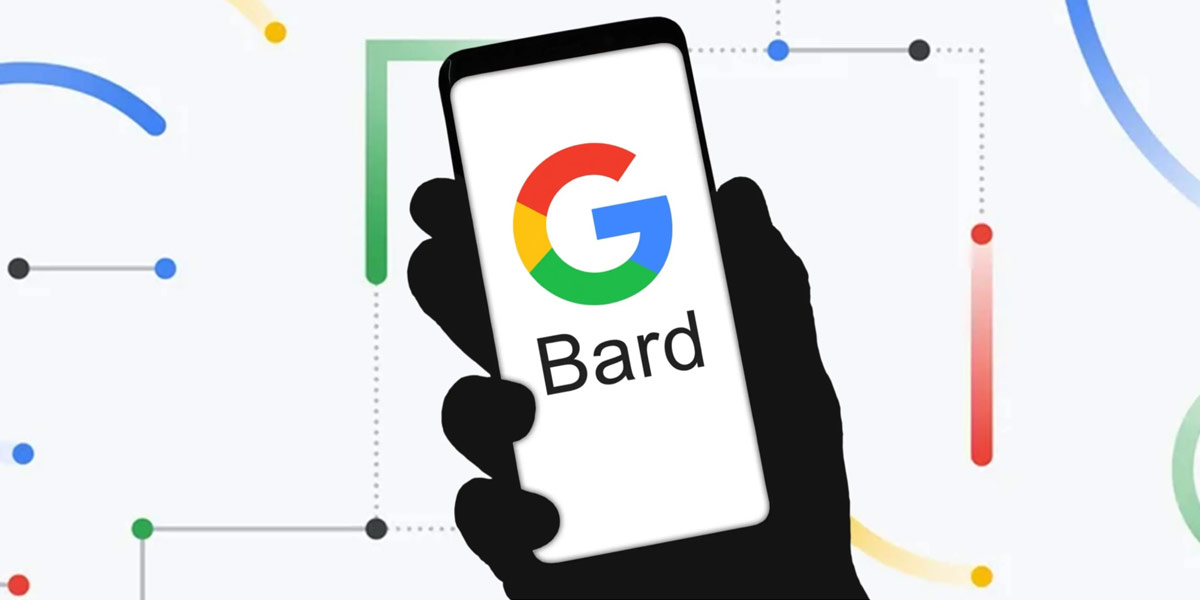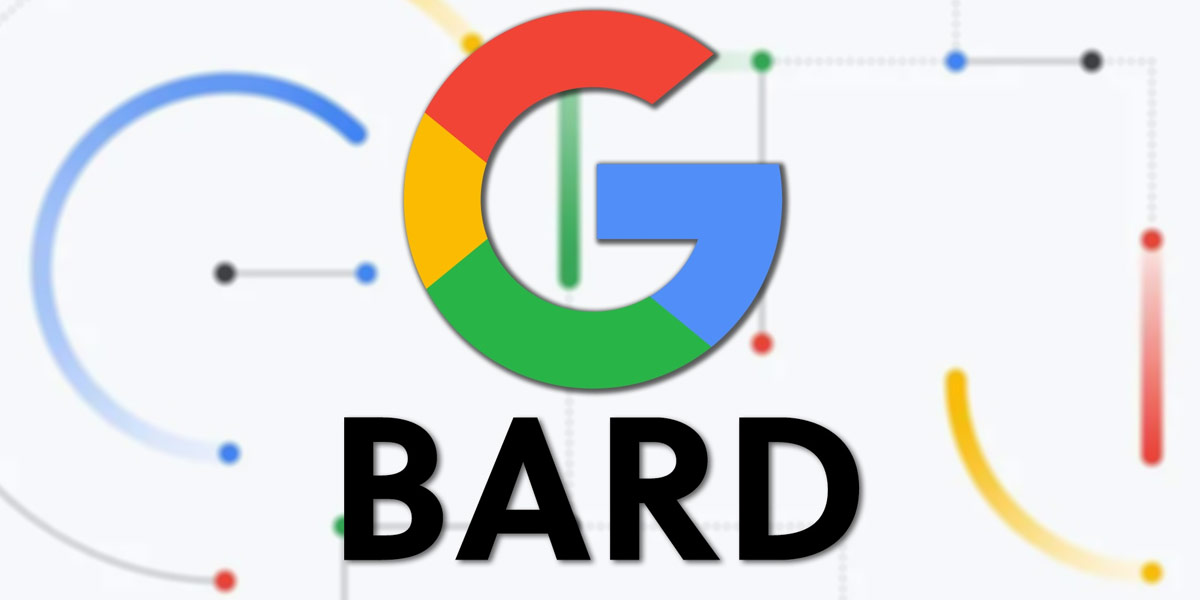SEO for Google BARD

Search engine optimization (SEO) is an essential component of any digital marketing strategy. It involves optimizing your website and content to improve your search engine rankings and drive organic traffic to your site. With the rise of Google BARD, it’s crucial to optimize your website for accessibility as well.
In this article, we will explore what Google BARD is, the benefits of optimizing for it, and how to implement SEO best practices with Google BARD in mind.
What is Google BARD?
Google BARD is an acronym that stands for “Browser Accessibility and Responsiveness Developer Tools.” It’s a tool that Google created to help developers improve website accessibility for people with disabilities. Google BARD can be used to audit your website and identify areas that need improvement to comply with web accessibility standards.
Google BARD evaluates your website based on four criteria: keyboard navigation, screen reader support, colour contrast, and layout. The tool highlights issues on your website that can affect accessibility for people with disabilities, such as low colour contrast or missing alt text on images.

What is Google BARD?
Benefits of optimizing for Google BARD
Optimizing for Google BARD has several benefits. Here are some of the most significant benefits:
Improved website accessibility for people with disabilities
The primary benefit of optimizing for Google BARD is improved website accessibility. By ensuring that your website meets accessibility standards, you make it easier for people with disabilities to access your content. This can help increase your audience reach and engagement.
Higher search engine rankings
Another benefit of optimizing for Google BARD is higher search engine rankings. Google has stated that website accessibility is a ranking factor, so ensuring that your website is accessible can improve your search engine rankings.
Improved user experience
Optimizing for Google BARD can also improve the user experience of your website. By making your website more accessible, you make it easier for all users to navigate and interact with your content.

Benefits of optimizing for Google BARD
How to optimize for Google BARD
Now that you understand what Google BARD is and why it’s essential to optimize for it let’s dive into how to optimize your website for accessibility. Here are some best practices to follow:
Conduct a website accessibility audit
The first step in optimizing for Google BARD is to conduct a website accessibility audit. Use Google BARD to identify areas on your website that need improvement. The tool will provide a list of issues that you can address to improve accessibility.
Use appropriate HTML tags
Use appropriate HTML tags to make your content more accessible. For example, use H1 tags for headings, and use the alt attribute to provide alternative text for images.
Provide alternative text for images and other non-text content
Providing alternative text for images and other non-text content is crucial for website accessibility. Alternative text describes the content of an image, making it accessible for screen readers and other assistive technologies.
Ensure website navigation is accessible
Ensure that your website navigation is accessible by using clear and descriptive labels for navigation links. Use breadcrumb navigation to help users understand where they are on your website.
Use descriptive link text
Use descriptive link text instead of generic phrases like “click here.” This makes it easier for users to understand where the link will take them and helps with screen reader accessibility.
Provide clear and concise content
Provide clear and concise content that is easy to read and understand. Use short paragraphs, bullet points, and headings to break up the text and make it easier to scan.
Make sure videos are accessible
Ensure that videos on your website are accessible by providing captions and transcripts. This makes the content accessible for users with hearing impairments and helps with search engine optimization.
Use appropriate colour contrast
Use appropriate colour contrast to make your content more accessible. Use a contrast checker to ensure that the text is easy to read against the background colour.
Test your website with accessibility tools
Test your website with accessibility tools to identify any issues that may be affecting accessibility. Tools like Google BARD, WAVE, and Axe can help you identify and fix accessibility issues on your website.

How to optimize for Google BARD
Best practices for SEO with Google BARD
In addition to optimizing your website for accessibility, it’s essential to implement SEO best practices with Google BARD in mind. Here are some best practices to follow:
Focus on content quality
Focus on content quality by creating high-quality, informative content that provides value to your audience. Use relevant keywords in your content but avoid keyword stuffing.
Use relevant keywords
Use relevant keywords in your content to improve search engine rankings. Use long-tail keywords and focus on user intent when creating content.
Create a mobile-friendly website
Create a mobile-friendly website to improve user experience and search engine rankings. Use a responsive design that adapts to different screen sizes.
Ensure fast page load speed
Ensure that your website has a fast page load speed by optimizing images, using a content delivery network, and minimizing HTTP requests.
Build high-quality backlinks
Build high-quality backlinks by creating informative content that others will want to link to. Use outreach to promote your content and build relationships with other website owners.
Use social media to promote content
Use social media to promote your content and increase engagement. Share your content on social media platforms like Twitter, LinkedIn, and Facebook to reach a wider audience.

Best practices for SEO with Google BARD
Conclusion
In conclusion, optimizing your website for Google BARD is essential for website accessibility and search engine optimization. By following the best practices outlined in this article, you can improve website accessibility, search engine rankings, and user experience.
It’s crucial to conduct a website accessibility audit, use appropriate HTML tags, provide alternative text for images and other non-text content, ensure website navigation is accessible, use descriptive link text, provide clear and concise content, make sure videos are accessible, use appropriate colour contrast, and test your website with accessibility tools.
Implementing SEO best practices with Google BARD in mind is also important. Focus on content quality, use relevant keywords, create a mobile-friendly website, ensure fast page load speed, build high-quality backlinks, and use social media to promote content.
By following these best practices, you can create a website that is accessible, user-friendly, and optimized for search engines.
FAQ
What is Google BARD, and why is it important for SEO?
Google BARD stands for “Browser Accessibility Resource and Documentation.” It is a tool provided by Google to help developers and website owners create websites that are accessible to users with disabilities. Optimizing your website for accessibility is not only important for providing a better user experience for all users, but it can also have a positive impact on your website’s search engine rankings.
How do I conduct a website accessibility audit?
You can conduct a website accessibility audit by using accessibility testing tools like Google BARD, WAVE, and Axe. These tools will scan your website and identify any accessibility issues that need to be addressed. You can also conduct manual accessibility testing by using assistive technologies like screen readers and keyboard-only navigation.
What are the best practices for website accessibility?
Some best practices for website accessibility include providing alternative text for images and other non-text content, ensuring website navigation is accessible, using descriptive link text, providing clear and concise content, making sure videos are accessible, using appropriate colour contrast, and testing your website with accessibility tools.
How do I optimize my website for mobile devices?
You can optimize your website for mobile devices by using a responsive design that adapts to different screen sizes. Ensure that your website’s content and images are optimized for smaller screens, and use a mobile-friendly font size and spacing. Minimize HTTP requests and use a content delivery network to ensure fast page load speeds on mobile devices.
What are some tools I can use to test my website’s accessibility?
Some tools you can use to test your website’s accessibility include Google BARD, WAVE, Axe, and the Accessibility Insights extension for Google Chrome. These tools will scan your website and identify any accessibility issues that need to be addressed. You can also conduct manual accessibility testing by using assistive technologies like screen readers and keyboard-only navigation.
How do I make sure my website is compliant with accessibility laws?
To make sure your website is compliant with accessibility laws, you should follow established accessibility guidelines such as the Web Content Accessibility Guidelines (WCAG) 2.1. Additionally, you should regularly test your website for accessibility using tools like Google BARD and WAVE. It is also recommended to work with a professional web developer or accessibility consultant who can ensure your website is compliant with accessibility laws.
What are some common accessibility issues to look out for?
Some common accessibility issues to look out for include missing alternative text for images, lack of keyboard navigation, insufficient colour contrast, inaccessible form fields, and videos without closed captions or audio descriptions. It is important to regularly test your website for accessibility issues and address them promptly.
How can I improve the accessibility of my website’s content?
To improve the accessibility of your website’s content, you should use clear and concise language, avoid jargon and acronyms, provide alternative text for non-text content, use headings to organize content and ensure links have descriptive text. You should also test your website with assistive technologies like screen readers to ensure the content is accessible to all users.
How does website accessibility impact SEO?
Website accessibility can have a positive impact on your website’s search engine rankings. This is because search engines like Google prioritize websites that provide a good user experience for all users, including those with disabilities. By optimizing your website for accessibility, you are improving the user experience for all users and therefore increasing the likelihood of your website ranking higher in search engine results pages.
Can I improve my website’s accessibility without affecting its design or functionality?
Yes, you can improve your website’s accessibility without affecting its design or functionality. Many accessibility best practices are also good design practices. For example, providing alternative text for images not only makes the website more accessible but also improves its SEO by providing more information to search engines. Similarly, using descriptive link text not only improves accessibility but also makes the website easier to navigate for all users.
How often should I test my website for accessibility issues?
You should test your website for accessibility issues regularly, ideally, every time you make changes or updates to the website. This will ensure that any new content or functionality added to the website is also accessible. It is also recommended to conduct a full accessibility audit of your website at least once a year to identify and address any issues that may have been missed during regular testing.

